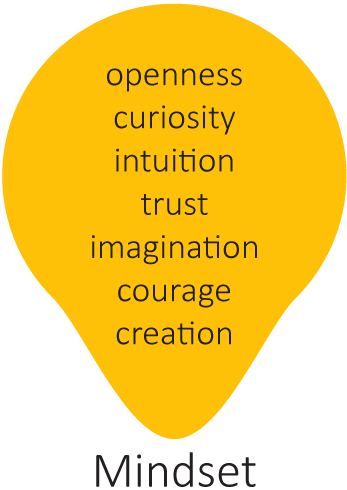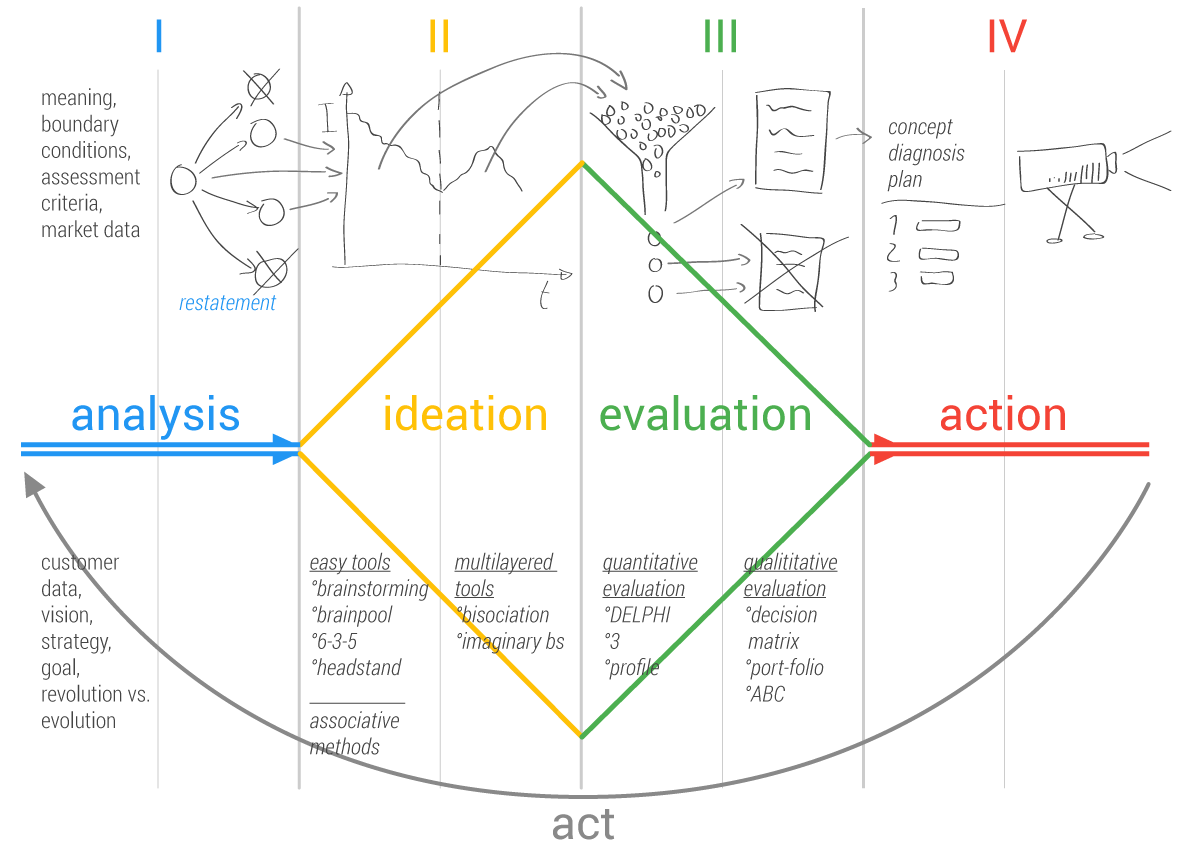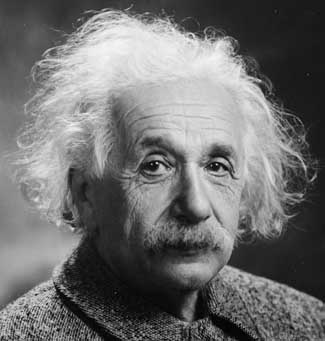Evolving Structured Problem Solving Methods
1955 Introduction from RAND corporation: rational problem solving
1961 Gordon; Synetics: observed successful teams in CPS and their psychological states: divergent <> convergent thinking
1991 Design Thinking has been fostered by inventive software companies and their innovation agencies such as Frog Design, Ideo, Stanford Design Institute, HPI Potsdam, … mainly extending the divergent <> convergent process by customer journey maps for the digital experience
1995 Goldenbert/Horowitz/Filkovsky invented SIT (based on TRIZ) for practical structured invention as an inside-the-box approach rather than thinking outside for reducing the problem- and solution space
2015 Bayer/IAK idea creation on basis of the Structured Problem Solving Process is a generic foundation and link between the different approaches






